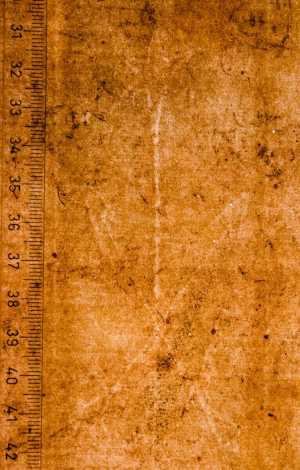Specifications
| Title | The Family of Darius before Alexander the Great |
|---|---|
| Material and technique | Pen and brown ink |
| Object type |
Drawing
> Two-dimensional object
> Art object
|
| Location | This object is in storage |
| Dimensions |
Height 200 mm Width 404 mm |
|---|---|
| Artists |
Copy after:
Polidoro da Caravaggio (Polidoro Caldara)
|
| Accession number | DN 136/33 (PK) |
| Credits | Gift Dr A.J. Domela Nieuwenhuis, 1923 |
| Department | Drawings & Prints |
| Acquisition date | 1923 |
| Creation date | in circa 1527-1540 |
| Collector | Collector / Adriaan Domela Nieuwenhuis |
| Provenance | Anon., Italy; Dr. Adriaan J. Domela Nieuwenhuis (1850-1935, L.356b), Munich/Rotterdam, donated with his collection in 1923 (Polidoro da Caravaggio) |
| Research |
Show research Italian Drawings 1400-1600 |
| Material | |
| Object | |
| Geographical origin | Italy > Southern Europe > Europe |
Do you have corrections or additional information about this work? Please, send us a message
























